It is hard to explain just how important finding a scrap of wormy chestnut wood, an offset from a sink base project at work, meant to me. My reverence for material means that I feel none of it should be wasted, a dangerous game for someone with a small studio. This wormy chestnut in particular was salvaged from a barn’s ruins, presumably cut and milled in a time before the chestnut blight and the clearing of thousands of acres of land. Before, when oaks and chestnuts were commonly the size of red woods.
My craft gleaning works in two rules, scale and parameter. What was a two inch table leg becomes shrunk down for a knife handle. With only a scrap to work with the cuts become precious and intentional. The smaller the scrap, the smaller the scale of the project.
I think even in my undergraduate art history program, I was bored by works without parameters. I specifically remember writing poorly of an installation I’d seen in the Boston MFA, a Tara Donovan work fashioned from hundreds of new styrofoam cup. This work had no material restrictions, it was simply made for the sake of filling a big space in the atrium.
I want to see work that indicates labor by honoring its material components. On a non-museum scale, I am making a variety of quilts to be sent to homes of lovely people. When I do natural dye vats, I tend to dye small amounts of fabric at a time to get better solids and because I want to limit how much I spend on new muslin. The center of this baby quilt for a new family member is dyed with Bradford pear bark and stretched as far as the little scrap I dyed would allow. The border in its wonky whimsy would not exist had I been able to simply buy more Bradford pear bark cloth. I often feel that the material holds the spirit of the work, it tells me what it wants to be. This is something I pinched from Ann Hamilton’s material spiritualism and perhaps the best thing I was left with after working for her.
I am most certain many makers follow the principle of parameters, only having so much of one material and making it work. This is also why I think rich people, trust fund babies, etc make really boring art (beyond of course, having no connection to any kind of collective struggle, purpose or sense of community).
Gleaning in its historic definition was mainly the process of gathering food from the fields after a big harvest. By the time Jean-François Millet exhibited his painting Des glaneuses, the practice was going out of fashion. At one time, however, the right to glean was codified not only into European laws for the poor but biblically protected.
Gleaning was also a very important part of early American settlement life. Woolgathering in particular was the difference between warmth or deep winter on a farm with only a few sheep. A special basket was made to collect whatever wool was lost or blew into the brush during shearing. This is the seed of Patti Smith’s Woolgathering and also where I think I will let my thesis roost. My program is highly unorganized and I often joke that this apparently 150 page document I am supposed to write in the next eight months will be a print-out of every substack I have ever written. (I had better get back to writing more consistently!)
I’m still sorting out how craft, gleaning material, ecological attention and spiritualism all intersect. I used to be a collector of material rather than a gleaner. Redistribution of gleaned things is essential to the process. I want to glean waste wool to make insulation on a one-human industrial scale to sell at low cost for those who need it. My only career hope is that I can be a toolmaker and professional gleaner. I want to drive a big truck around, gathering materials from the many piles of possibilities, as we call them at Solid Ground. Materials are not scarce, we are rich, RICH!
In the meantime, I am certain of the satisfaction of the soul that comes from saving materials and then using them. On that note, I am going to go finish this poplar table I gathered from a firewood pile, the shape and design of which is entirely determined by the wood itself.
Start a hundred projects! Take care of your people!



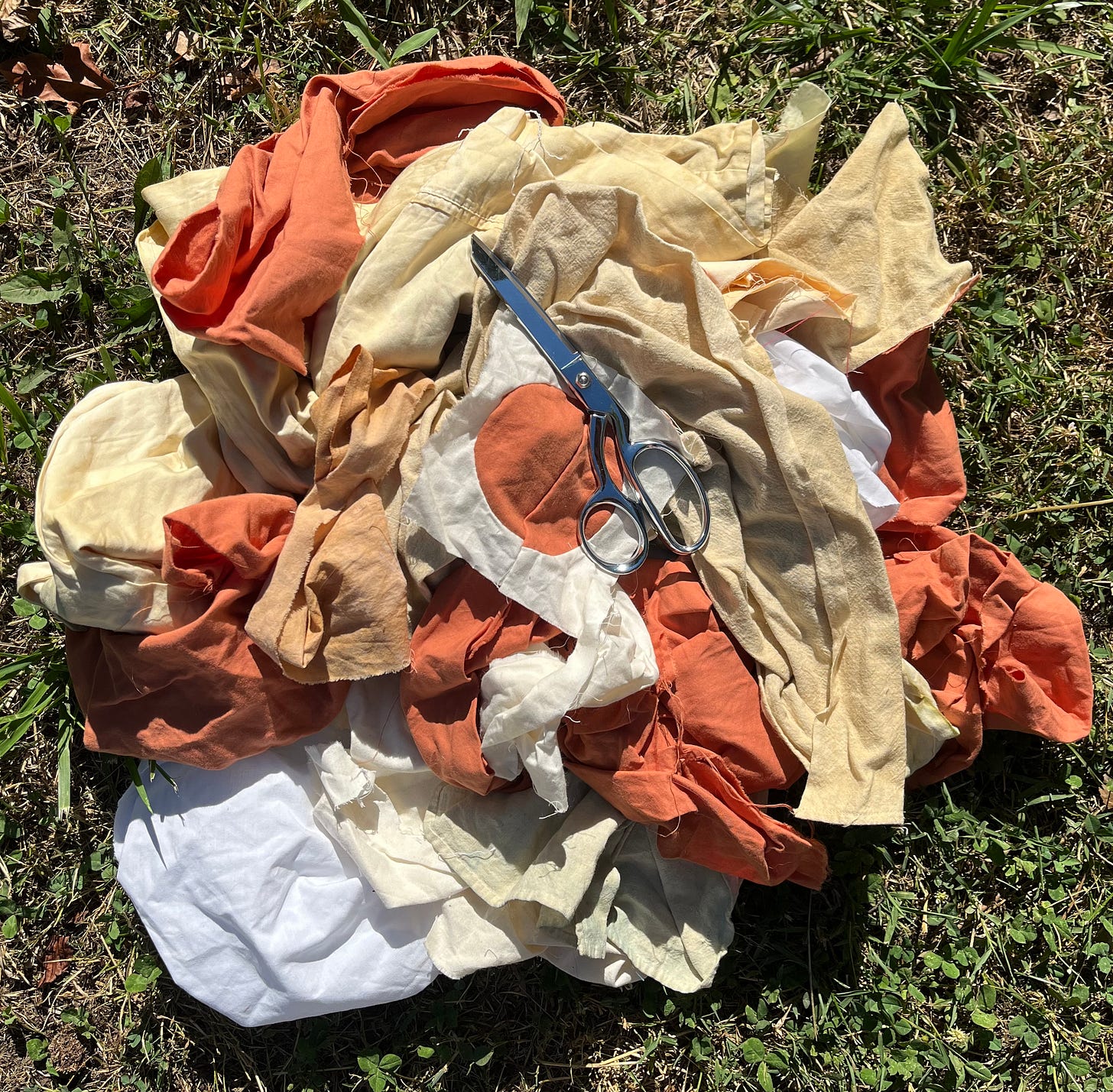
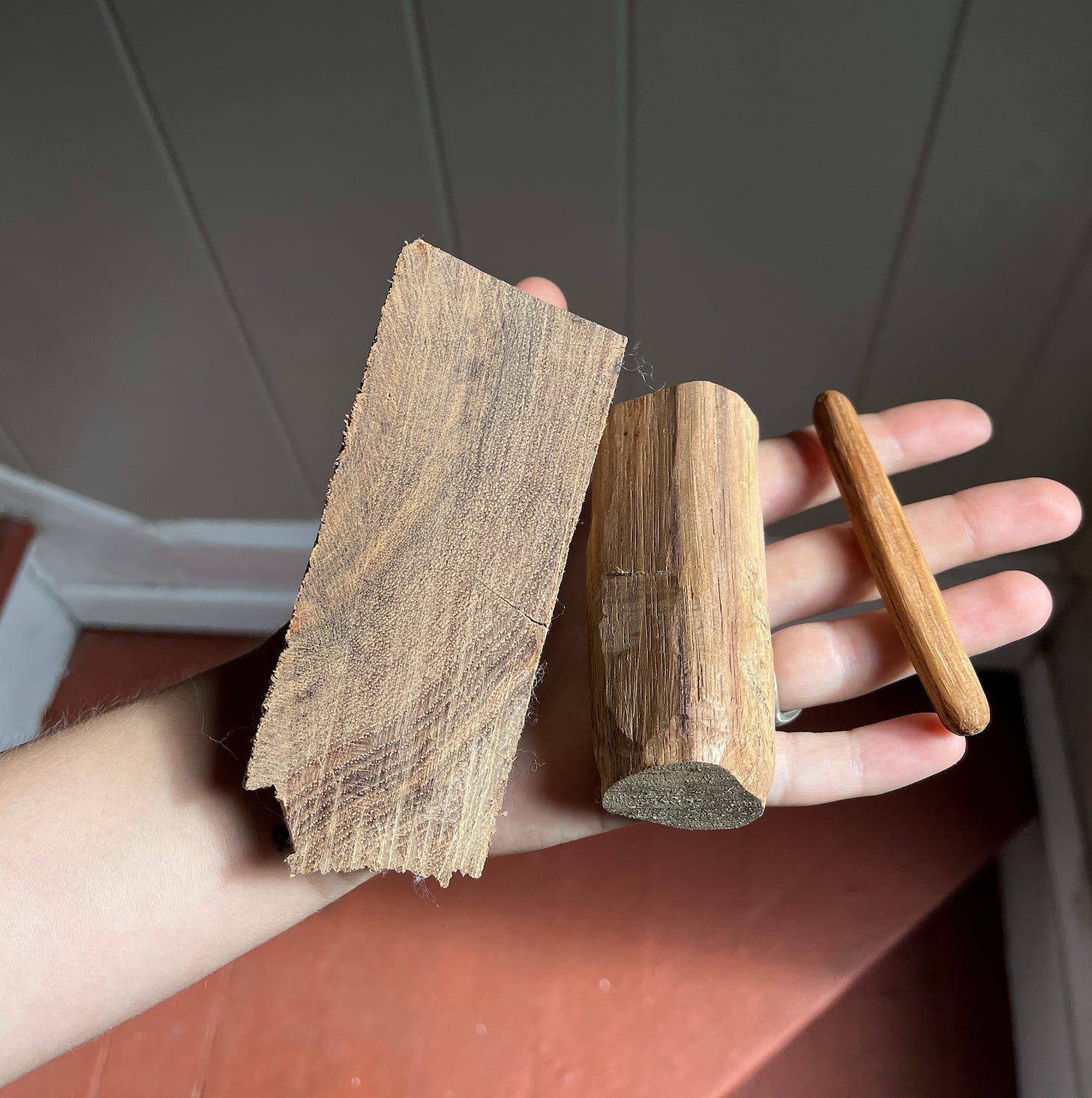
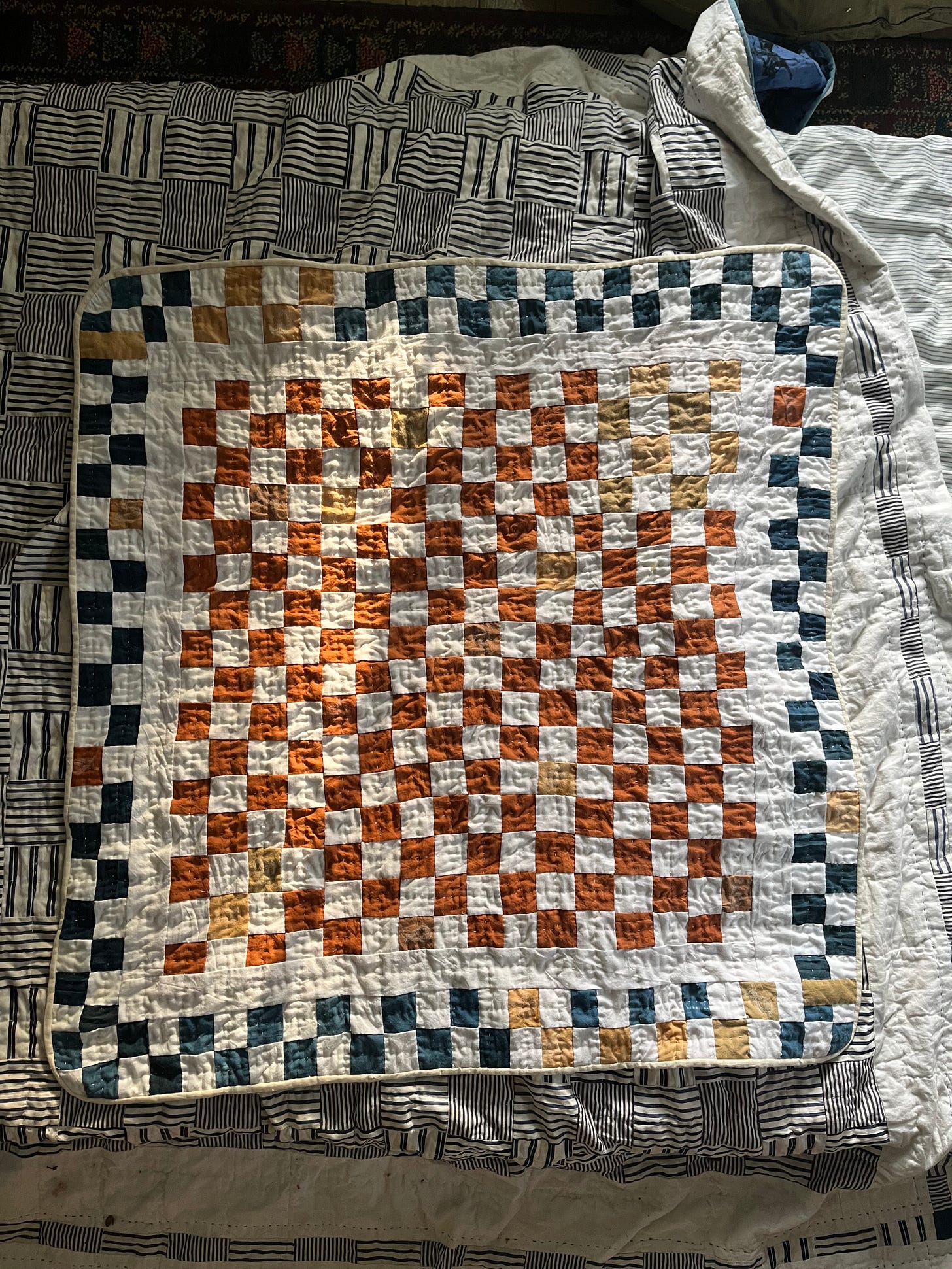
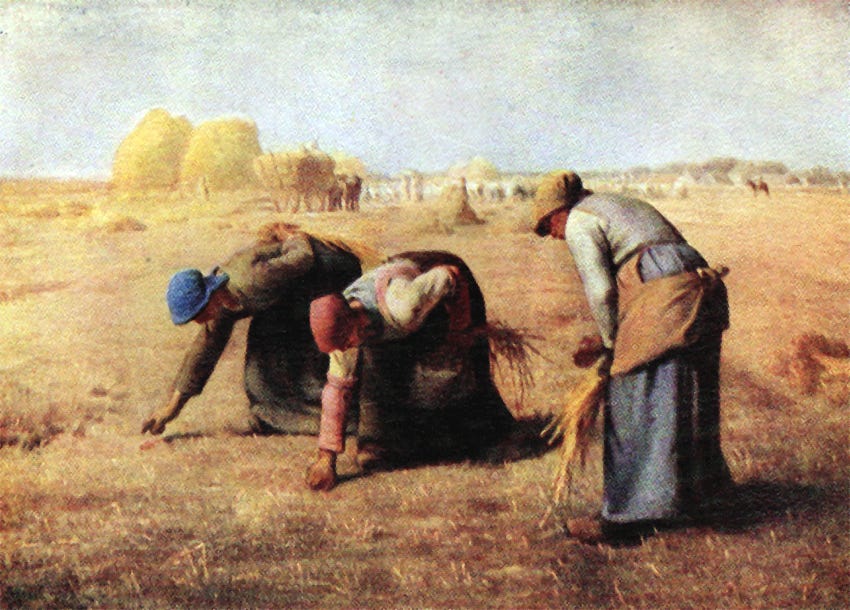
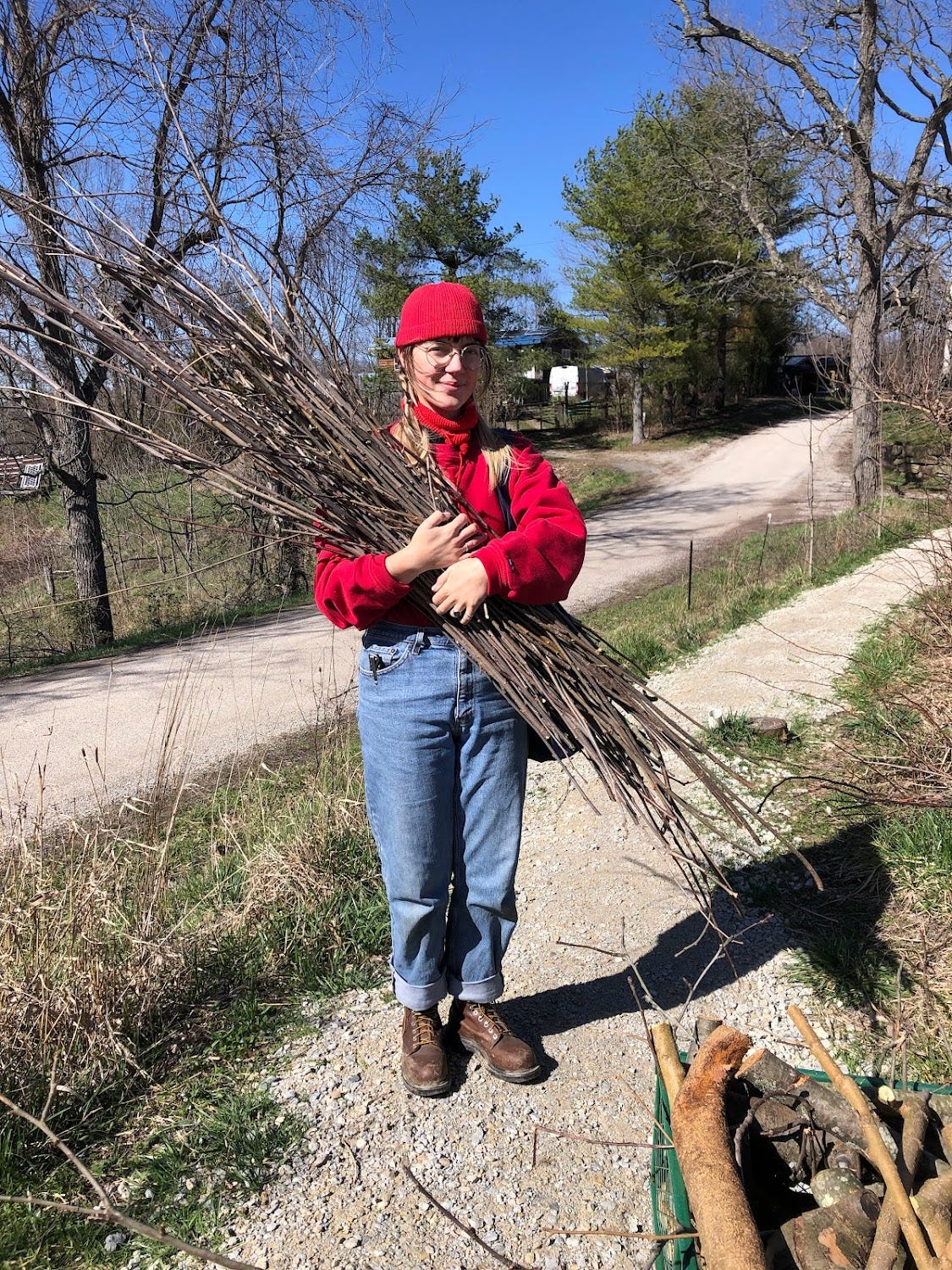
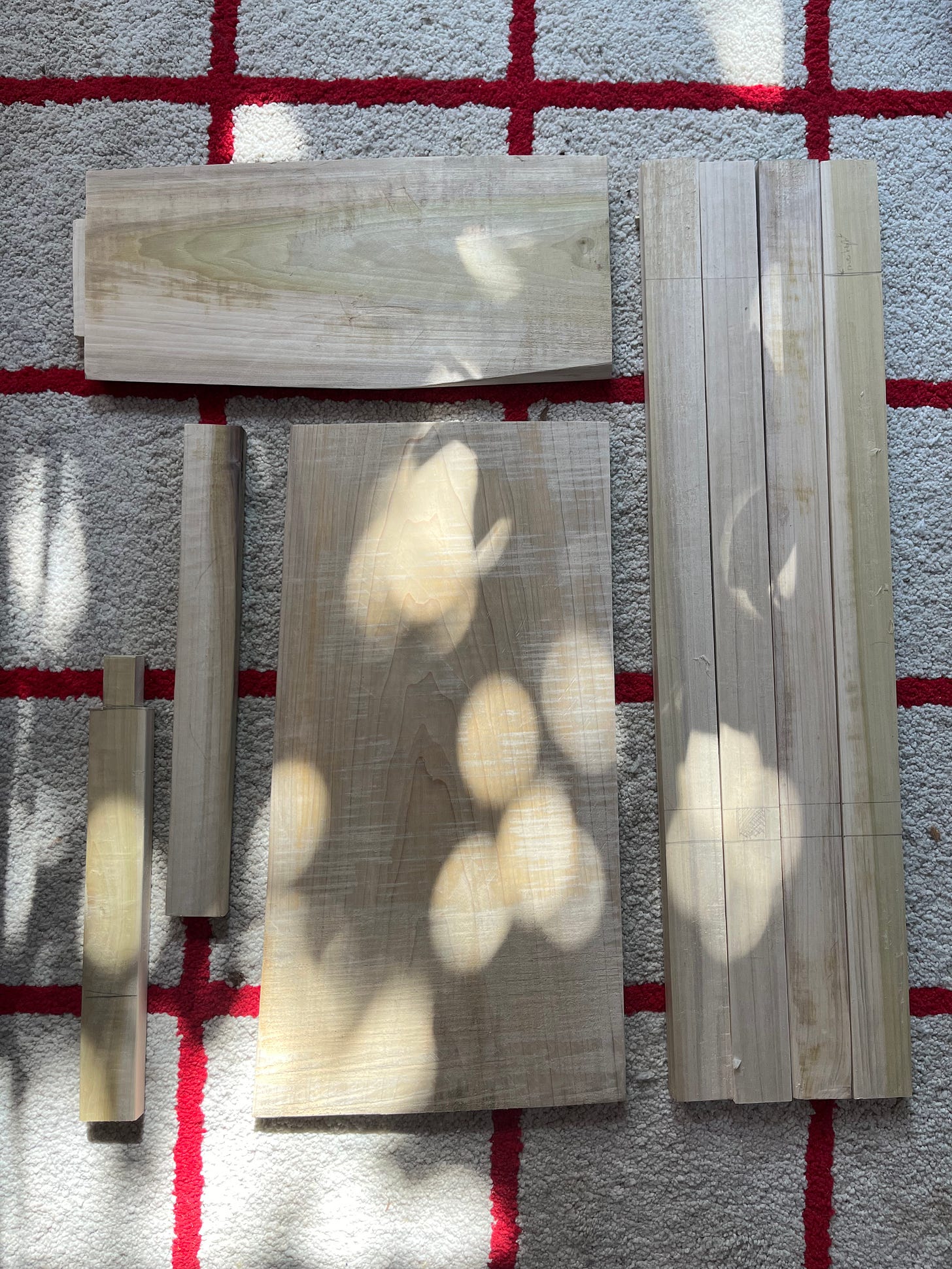
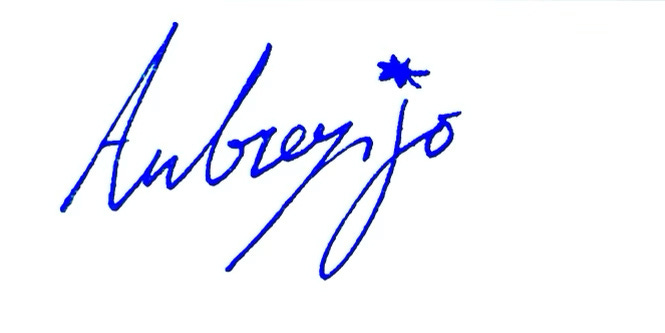
Slightly unrelated.. but I'm now thinking of the parameters of traditional folk songwriting, and the first songs which were recorded, and how out of the most simple chords and instruments and recording equipment came the most beautiful, moving, culture-shifting pieces of music... It was about what the people had to say, from the bottom of their hearts, and how they phrased it – pieces of spiritual wisdom and storytelling scrounged up from the ages.... no bells and whistles of fancy modern-day music production. They used the instruments which were accessible and drew inspiration from simple, yet poetic things.